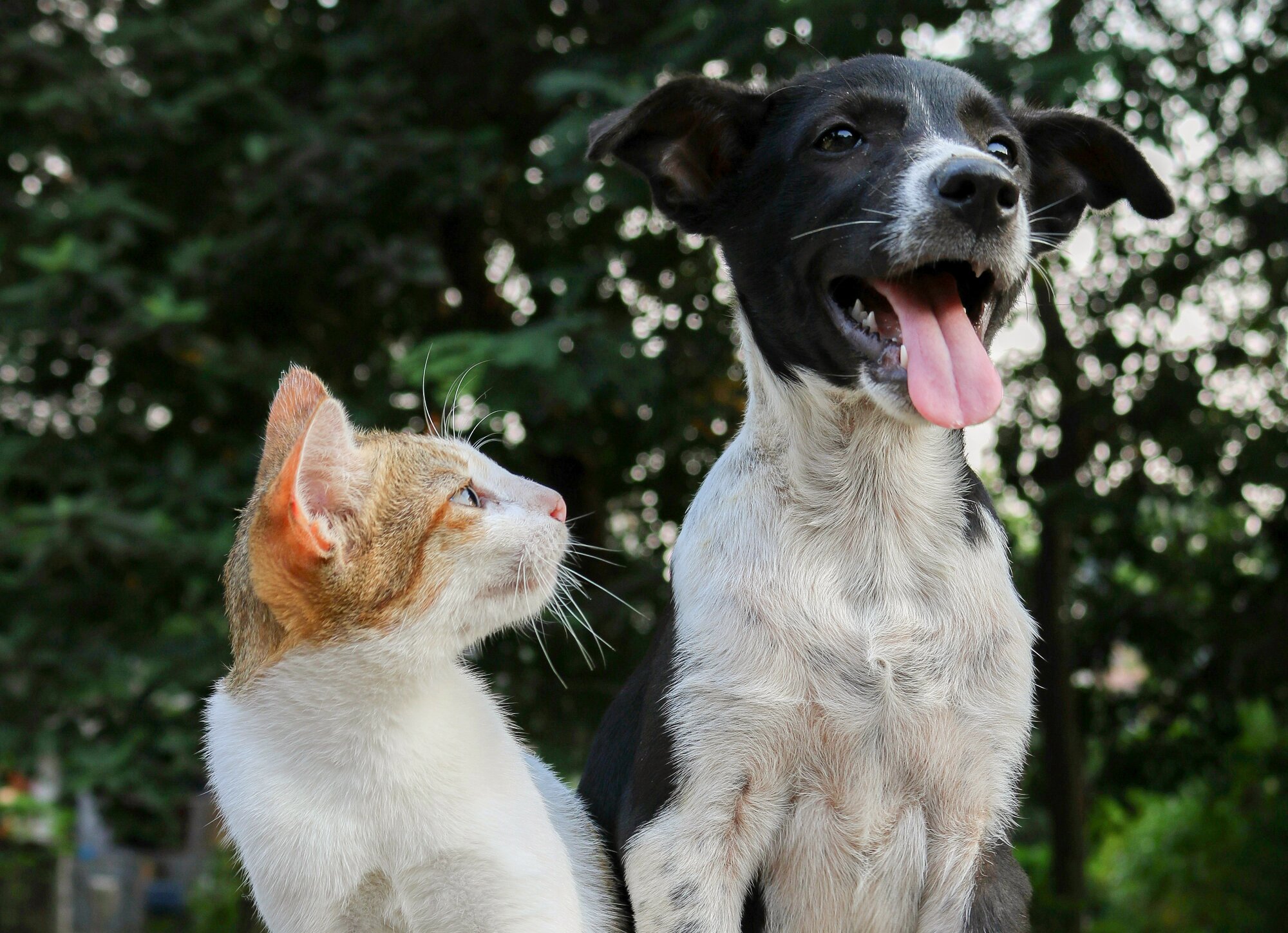Learning your pet is suffering from a flea infestation is scary. But, knowing how to tell how bad a flea infestation is can help you get rid of it.
In this article, we'll share how to tell how bad a flea infestation is and 9 signs of fleas to look for. Plus, how to prevent future infestations.
What is a flea infestation
A flea infestation occurs when blood-sucking parasites called fleas land on your pet. These pesky fleas make a home in your pet's fur and cause problems for your pet.
And, if your pet has fleas, your home probably does too. Fleas can make their way from your pet’s fur to your carpet, bedding, and furniture.
How do you know how bad a flea infestation is
Overall, your pet's signs and symptoms determine how to tell how bad a flea infestation is. Flea infestations vary from case to case. A flea infestation in its early stages may not be as obvious as a severe flea infestation.
9 key signs of a flea infestation
To determine how bad a flea infestation is, look for the following 9 signs of fleas.
1. Adult fleas
 If your pet is suffering from a flea infestation, you may find visible fleas on their skin and fur. Fleas are small, brown, or black bugs that look like tiny grains of rice.
If your pet is suffering from a flea infestation, you may find visible fleas on their skin and fur. Fleas are small, brown, or black bugs that look like tiny grains of rice.
If you're unsure about what kind of pests you're finding on your pet's skin, use a magnifying glass to get a better look.
2. Flea eggs
 When fleas find a new place to nest, fleas lay eggs and leave behind flea dirt. A female flea can lay up to 50 eggs in one day, so getting rid of a flea problem quickly is important.
When fleas find a new place to nest, fleas lay eggs and leave behind flea dirt. A female flea can lay up to 50 eggs in one day, so getting rid of a flea problem quickly is important.
3. Flea larvae
 When flea eggs hatch, they grow into larvae. The larvae may nest in your pet's bedding, fur, or in carpets and furniture.
When flea eggs hatch, they grow into larvae. The larvae may nest in your pet's bedding, fur, or in carpets and furniture.
Fleas like to live and grow in wet and shady spots in your house like basements, attics, and decks. And, flea larvae can survive in your home for up to a year unfertilized.
4. Flea dirt
 Flea dirt is a combination of flea excrement and digested blood left behind from adult fleas. Flea eggs and flea dirt can hide in your carpets and furniture. A way to find out if pet owners have a flea infestation in their home is with the white sock test.
Flea dirt is a combination of flea excrement and digested blood left behind from adult fleas. Flea eggs and flea dirt can hide in your carpets and furniture. A way to find out if pet owners have a flea infestation in their home is with the white sock test.
Put on a pair of tall, white socks and walk around on your carpets for a few minutes. Try shuffling your feet on all carpeted floors. If there are flea eggs, flea droppings, or flea feces in your carpet, there will be small black dots or dark specks on your socks.
You can also look for flea dirt in your pet's fur with a damp, white paper towel. Comb through their fur with a flea comb over the white paper towel. If you see small, dark, black or brown specks fall onto the paper towel, it is a clear sign of a flea infestation.
5. Flea bites
 If you aren't able to spot fleas on your pet, you may find signs of flea bites. If your dogs or cats have redness or swelling on their skin, it may be a sign of a flea infestation.
If you aren't able to spot fleas on your pet, you may find signs of flea bites. If your dogs or cats have redness or swelling on their skin, it may be a sign of a flea infestation.
Allergic reactions
Sometimes, reactions to fleas can look like an allergic reaction. If your pet has fleas, you may find scabs, red bumps, and welts from scratching and bites.
6. Itching and scratching
The most common signs of fleas are intense itching and excessive scratching. When dogs and cats are dealing with pests like fleas, excessive scratching may be the first sign.
Fleas cause skin irritation from bites and nesting. You may be dealing with a severe infestation if your pets are constantly itching and scratching.
7. Pale gums
Because fleas feast on pets' blood, your dog or cat may be at risk of anemia in severe cases. Anemia occurs when your pet has a reduced amount of red blood cells or hemoglobin in their bloodstream.
VET TIP
A pet with pale gums and fatigue may need medical attention. Talk to your veterinarian if you believe your pet's flea infestation may have led to other signs of anemia.
8. Hair loss
It's possible that a severe flea infestation may cause hair loss. If your furry friend is missing patches of fur on their body, it's time to look for flea activity.
9. Lethargy
Lethargy is another reaction your pet may have to fleas. If they have a flea problem, they may act more tired than usual.
Already have flea protection but still fighting fleas?
Pair your treatment with PetFriendly's Rapid Flea Removal Kit to effectively eliminate fleas on your pet and in your home.

Tips to prevent future infestations
Once you detect fleas, you can take steps to get rid of them. And, take preventive measures to avoid a future infestation.
Act quickly.
If you detect fleas on your dog or cat, don't panic. First, use a flea comb to remove fleas in your pet's hair, and bathe them with a mild pet shampoo or Dawn dish soap.
48 hours after bathing, treat your furry friend with a flea preventative medication. And, protect your home with household spray. Household sprays kill pesky fleas hiding in your baseboards and floors.
Vacuum and clean regularly.
Vacuum and clean carpets, hardwood floors, pet bedding, and upholstered furniture regularly to keep your home clean and prevent infestations. Washing bedding and dog toys in hot water may also kill fleas.
Have a flea prevention plan.
Committing to a monthly flea prevention plan is the best way to protect your pets from fleas. To eliminate and prevent fleas, apply a flea preventative like:
- A flea collar
- Oral treatment
- Topical medication for fleas
Not sure what kills fleas instantly on dogs? Talk to your veterinarian about the best topical flea treatment for dogs and cats.
If you are dealing with a serious flea infestation, it may take more than one dose of flea treatment to get rid of it. Stay consistent with your prevention plan, and use a household spray with an insect growth regulator to eliminate fleas in your home.
Flea infestations can cause serious problems for your pets and your home. As a rule of thumb, treat every infestation as a serious problem, and take preventative measures to keep your pets healthy.


